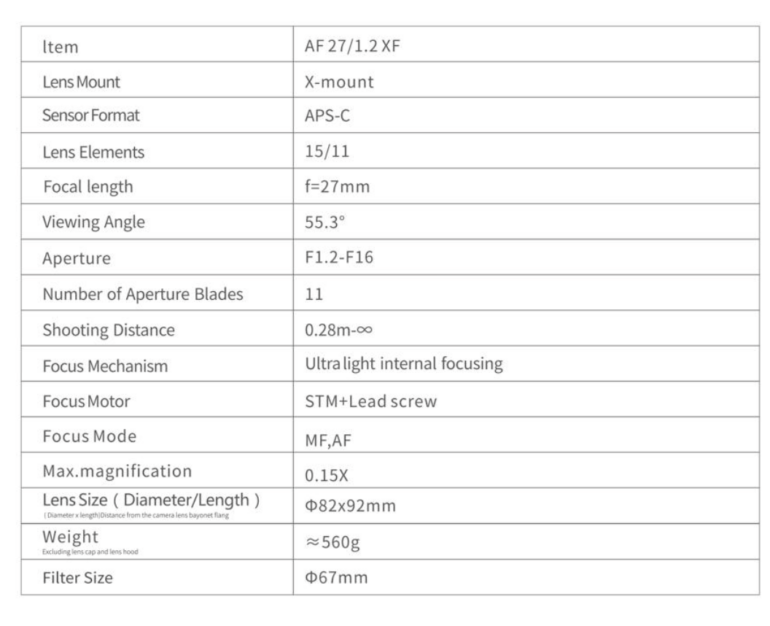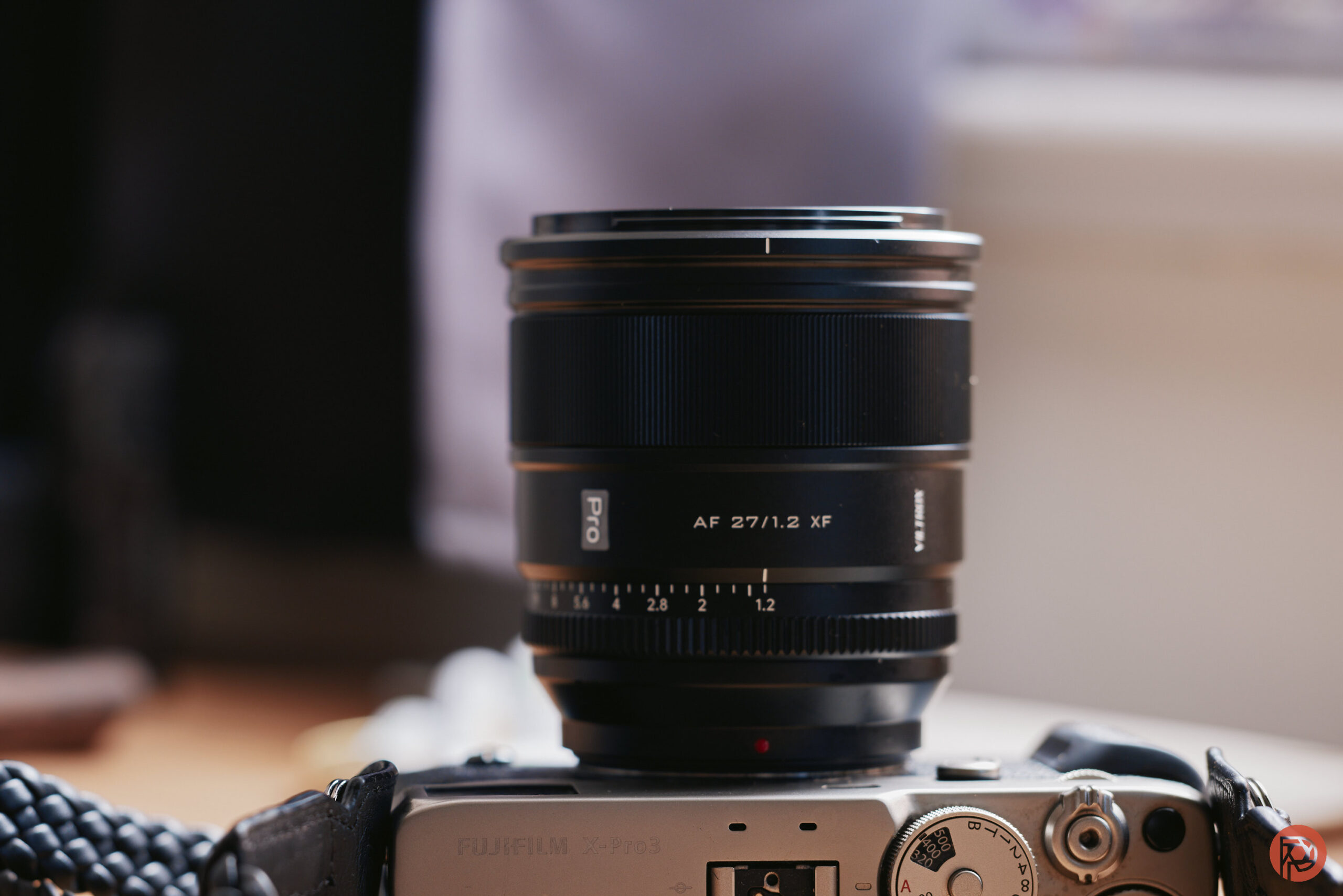Last Updated on 08/22/2023 by Chris Gampat
For years, we asked Fujifilm for third-party support. And now, we’ve got it. While we’re not sure if Viltrox and Fujifilm do indeed work together, the Viltrox 27mm f1.2 PRO might as well be a Fujifilm lens. It focuses, renders, and performs almost identically to a Fujifilm lens. And if you’re in love with their optics, you’re going to adore this.
Table of Contents
The Big Picture

Realistically speaking, there isn’t much to say about the Viltrox 27mm f1.2 PRO lens that’s short of incredible. It delivers stellar image quality that is made even better if you use something like Tiffen Glimmer Glass. It also autofocuses almost just as well as Fujifilm’s own later and newer lenses. That’s to say that it’s more akin to focusing like many of Fujifilm’s older lenses these days. The lens is also incredibly weather-resistant and dust-resistant. Truly, putting it on your camera will feel just like you’re using a Fujifilm lens.
That comes with its pros and cons — this lens is big and heavy. I never want to carry it around with a lens hood attached because it looks like a weapon. Switching out to only using a lens filter makes it a bit less intimidating to subjects and people around you. But overall, this lens is huge. Would I bring it around? Yes. Do I like bringing it around? No. Truly, a lot of Fujifilm’s good lenses are way too big.
Using the Viltrox 27mm f1.2 PRO lens reminded me of the movie 500 Days of Summer — it’s a movie where I hated both main characters quite a bit. But Joseph Gordon-Levitt plays a man that is really and truly in love with his idea of a woman and not the reality. When you look at the Viltrox 27mm f1.2 PRO lens, you’re in love with your idea of the lens and not actually with what it is. Well, at least that’s the case with using retro-style camera bodies. That’s not to say that I hate this lens. I really like it; but I’d only pull it out when I really need to.
Viltrox and Hoya work very closely together — and I’m not quite sure of the nature of that relationship. But it’s a fascinating one. More importantly, the image quality from the Viltrox 27mm f1.2 PRO lens seemed to rival Fujifilm’s. I long thought that Fujifilm had been getting their newer lenses made by Sigma. But now I think it might be Hoya/Viltrox instead.
With that said, I’m very excited to see how Viltrox continues to innovate. But I truly hope they made smaller lenses.
The Viltrox 27mm f1.2 PRO lens wins 5 out of 5 stars and our Editor’s Choice award. Want one? Check them out on Amazon.
Pros
- Build very well
- Nice image quality
- It feels almost like a Fujifilm lens
- Fast autofocus when exposure preview mode is disabled. Otherwise, it’s acceptable
- It’s a fast-aperture lens
Cons
- Very big; you almost don’t want to bring it around
- I wish it had more character. But adding a lens filter can help.
Gear Used
We used the Viltrox 27mm f1.2 PRO with the Fujifilm X Pro 3 and the Profoto B10. Viltrox typically lets us keep the lenses we are reviewing. The rest of the gear is our own.
Innovations
Well, there isn’t any such lens like this available for Fujifilm X mount. In this case, we’re getting autofocus, weather resistance, and an f1.2 lens aperture. No one else is doing that.
Ergonomics
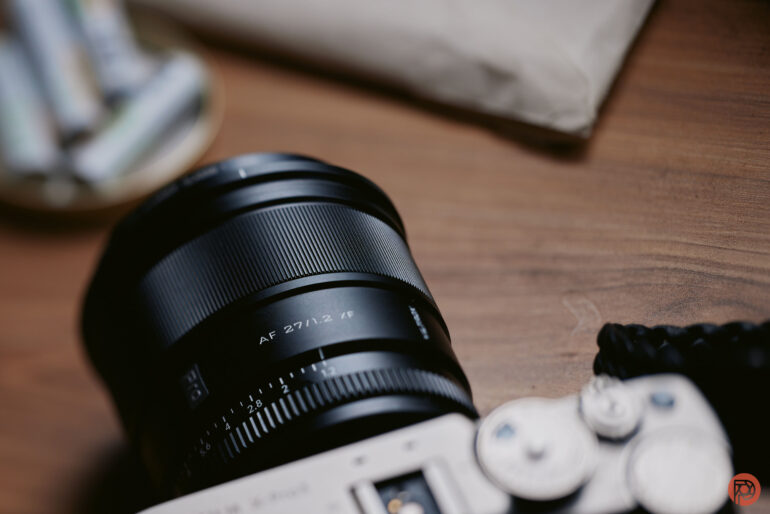
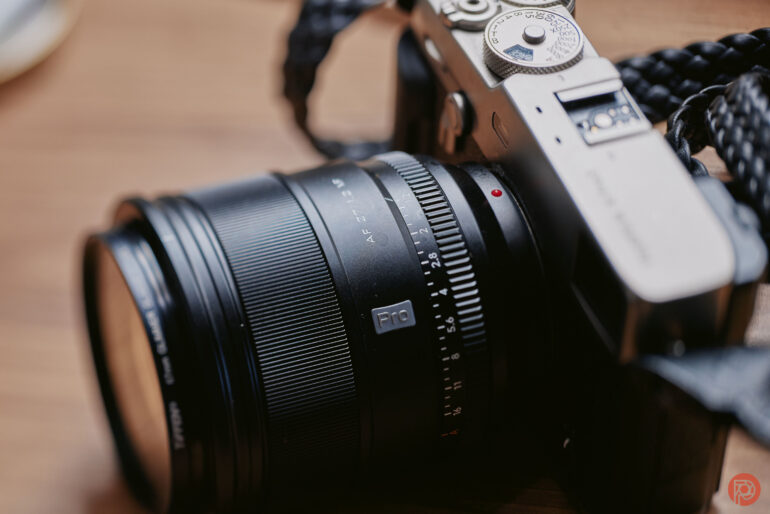
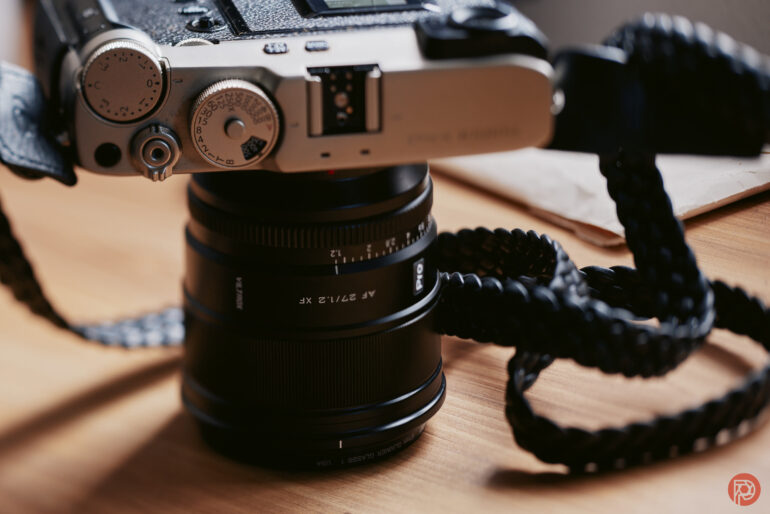
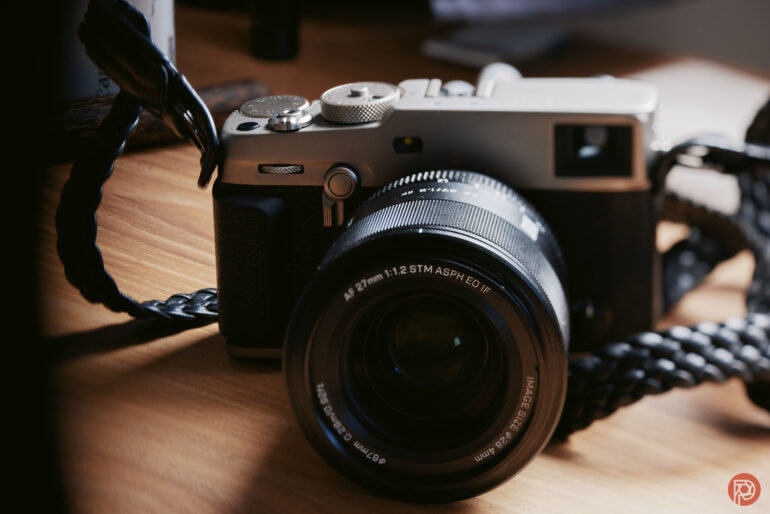
In the hand, the Viltrox 27mm f1.2 is quite a beast of a lens. And while looking at it, the uninitiated wouldn’t be able to tell the difference between this and a Fujifilm lens. But those of us who’ve used Fujifilm for a long time surely can see the contrast. It’s characterized by a large focusing ring, a dampened aperture ring, and a metal body. There’s also a 67mm filter thread on the front. While it doesn’t seem like it would be a large lens, it surely is. Putting the lens hood on only makes it larger.
Build Quality
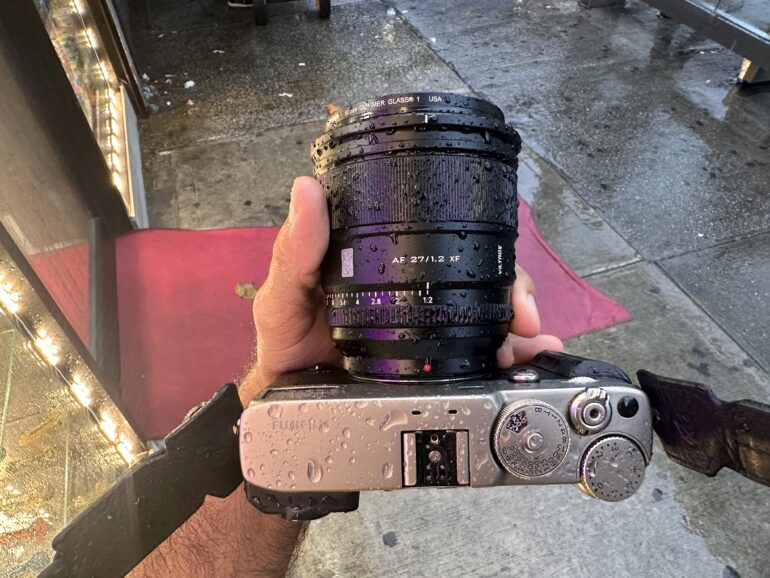
Not only is this lens heavy and big, but it’s also girthy. However, that comes with some serious chops. While it feels great in the hand, it still feels too large for most Fujifilm cameras. Also, note that it’s weather resistant and does a great job at that too. In fact, it’s holding its own against Fujifilm’s great weather resistance. I think most photographers will be quite pleased here.
Seriously, if you were to do a blind test of feeling the lenses, you wouldn’t be able to tell the difference between this and Fuji glass. But if you moved the aperture ring, you’d feel it immediately.
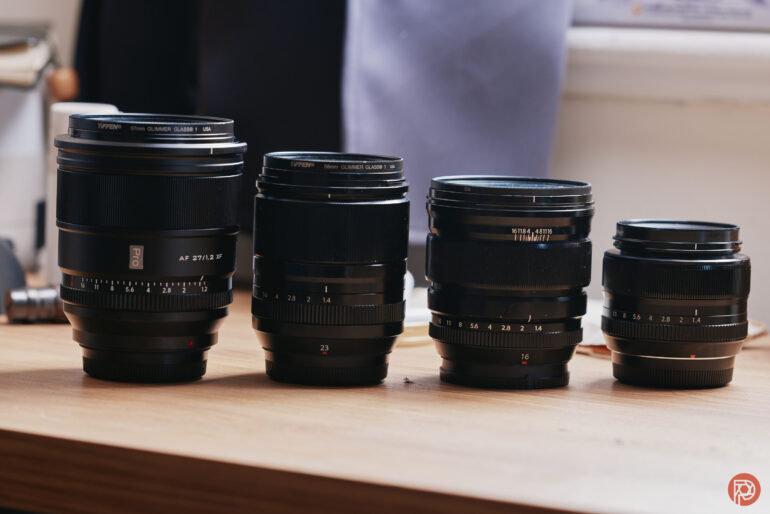
Heres a look at the Viltrox right next to my other Fujifilm primes. Big, right?
Ease of Use
If you’re a Fujifilm user, then this lens will feel right at home. The most complicated thing for you to know is about the aperture ring and using it – but again, that’s nothing new for Fujifilm users. I truly wish that it had a depth-of-field scale for street photography and a focusing ring that could be pulled back for effective zone focusing. But alas, that isn’t the case. Then I could easily justify to myself why this lens is so humongous.
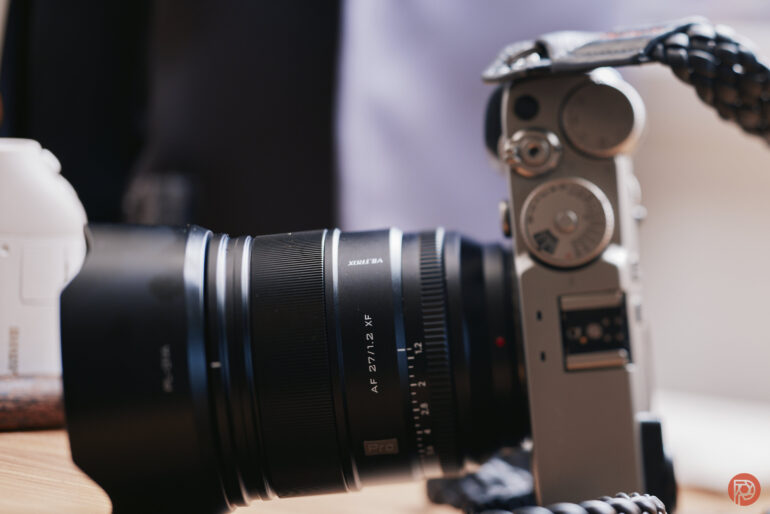
For X Pro 3 and X Pro series users, it works fine with the optical viewfinder. Situationally, it even focuses faster when you’re using it vs the electronic one.
Focusing

Focusing on the X Pro 3 using the Viltrox 27mm f1.2 is a pretty standard affair. When exposure preview is enabled, it’s good. But when that’s taken off, the Viltrox 27mm f1.2 focuses pretty amazingly fast. In fact, I’d say it’s just as fast as the 23mm f1.4 R WR. That’s rather impressive, given the wider aperture. In low light, it’s also pretty darned good.
Overall, I’d say this lens is good enough to use for professional needs. But it’s not all that effective for street photography. Zone focusing is a much better deal here. It’s really tough to beat the Laowa 25mm f0.95 for street photography.
Image Quality
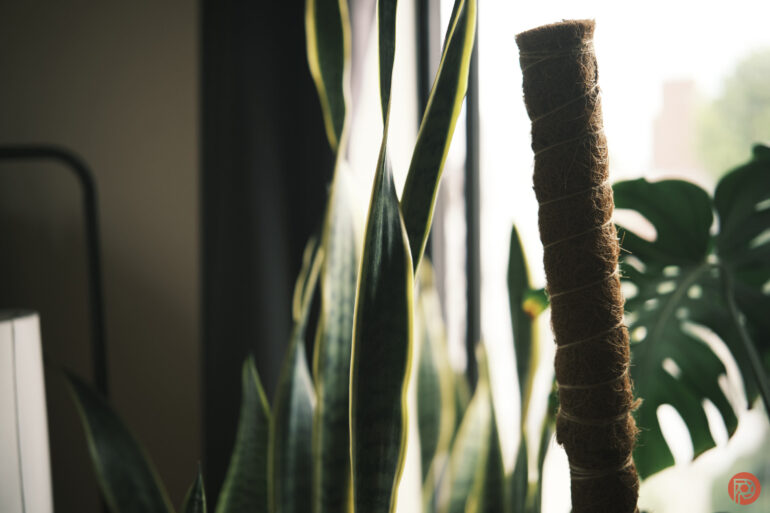
The Viltrox 27mm f1.2 is a highly capable lens when you’re talking about the image quality. In fact, we don’t think that most people could tell the difference between this and a Fujifilm lens if you’re looking at the whole photo. For most of us, that’s a great thing to know! Of course, a lot of this relies on Fujifilm’s sensors.
Bokeh

The bokeh can be described as dreamy. There’s a nice sharp contrast that truly makes your subject pop out more so than anything else. However, it doesn’t do it with apochromatic elements. It does so with color. With that said, the effect is lessened when you use the Acros film simulation.
Color Rendition

Colors from this lens really rely on Fujifilm’s sensor. But overall, I can’t complain at all. It looks and feels like the render of the newer lenses overall.
Lens Character

This lens is very clinically clean. But it doesn’t feel like there’s an over-obsession with it the way that Sony lenses feel. Anything that looks like there’s excess halation in this review uses Tiffen Glimmer Glass, because I felt the lens needed some extra character.
Sharpness

The best sharpness from this lens comes when a flash is used. But otherwise, it’s a sharp lens — so much so that we can’t really tell the difference from a Fujifilm offering that’s come out in the past few years.
Extra Image Samples
From day one, The Phoblographer has been huge on transparency with our audience. Nothing from this review is sponsored. Further, lots of folks will post reviews and show lots of editing in the photos. The problem then becomes that anyone and everyone can do the same thing. They’re not showing what the lens can do. So we have a section in our Extra Image Samples area to show edited and unedited photos. From this, you can make a decision for yourself.
Unedited
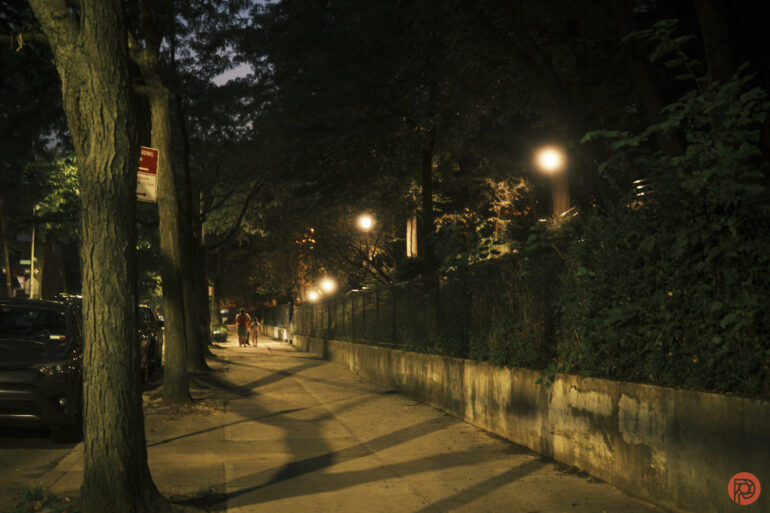
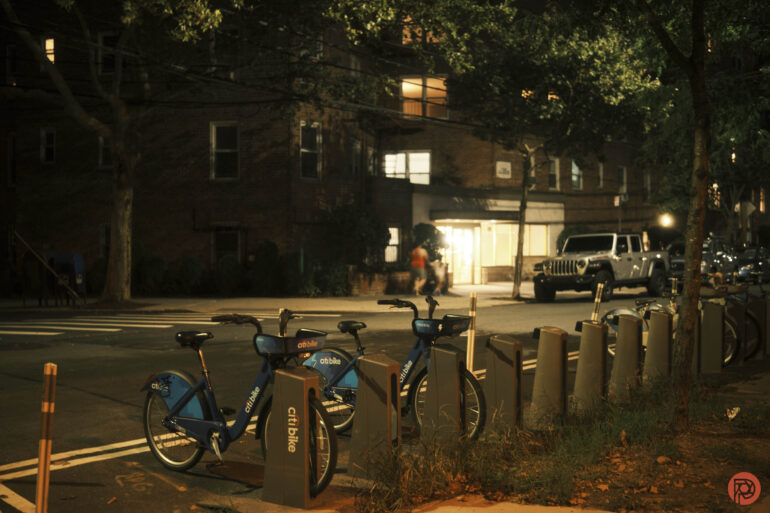
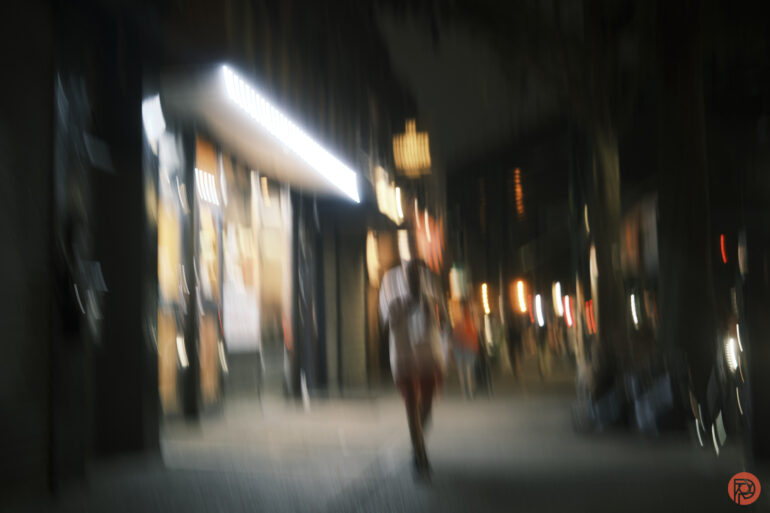
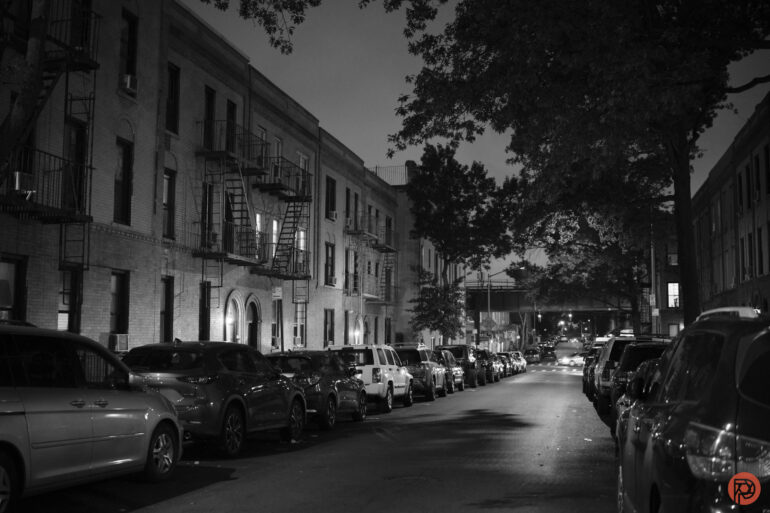
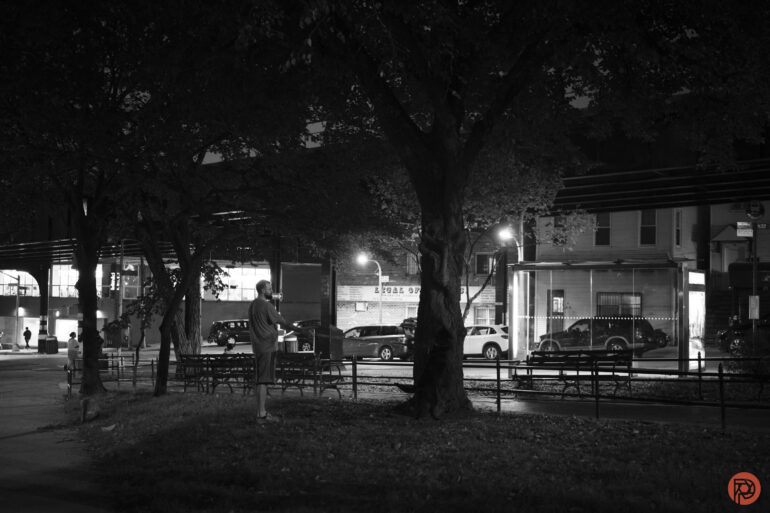
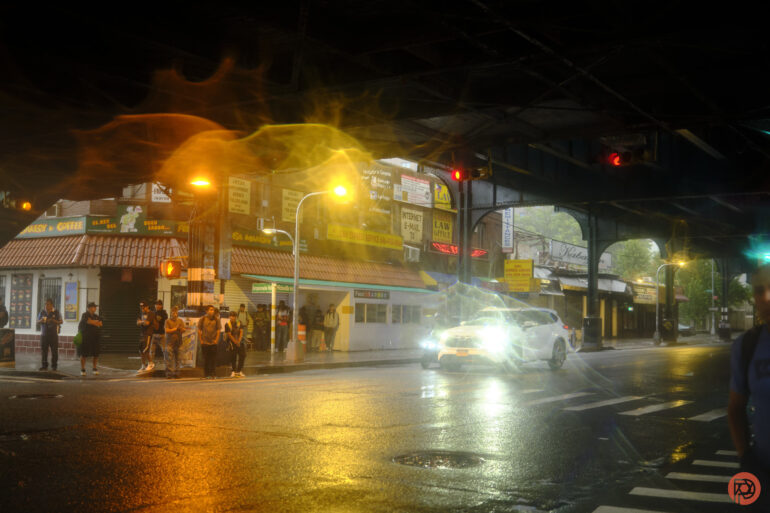

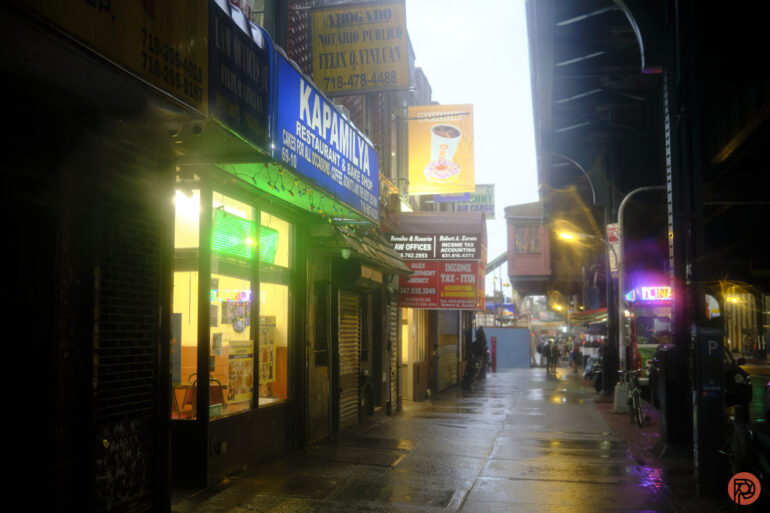
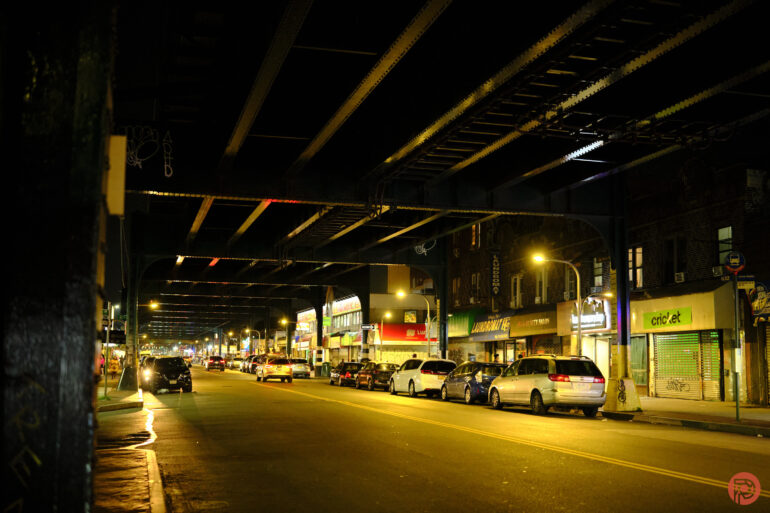

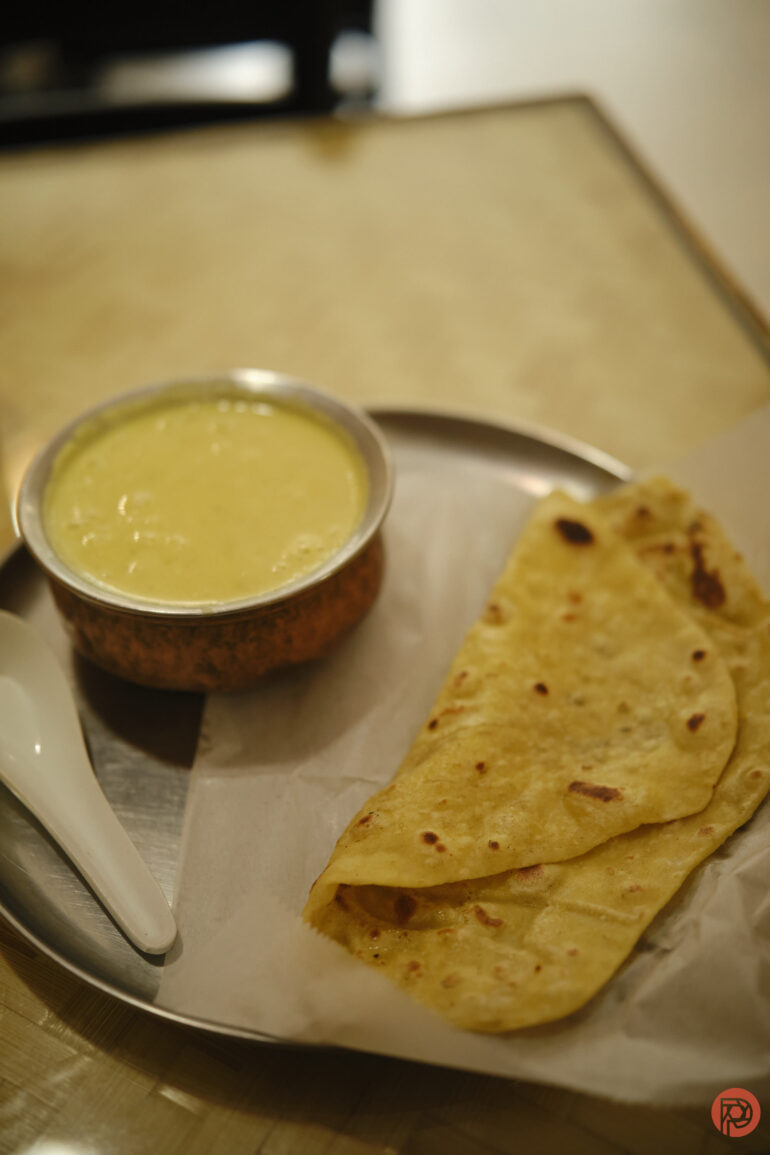

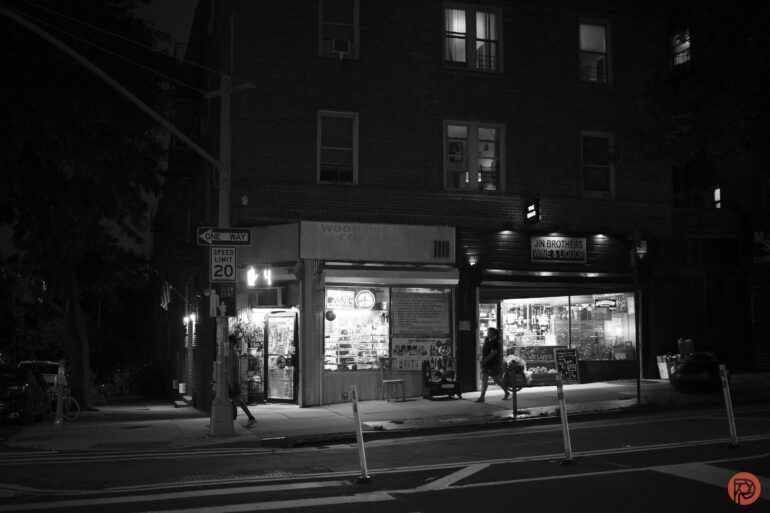
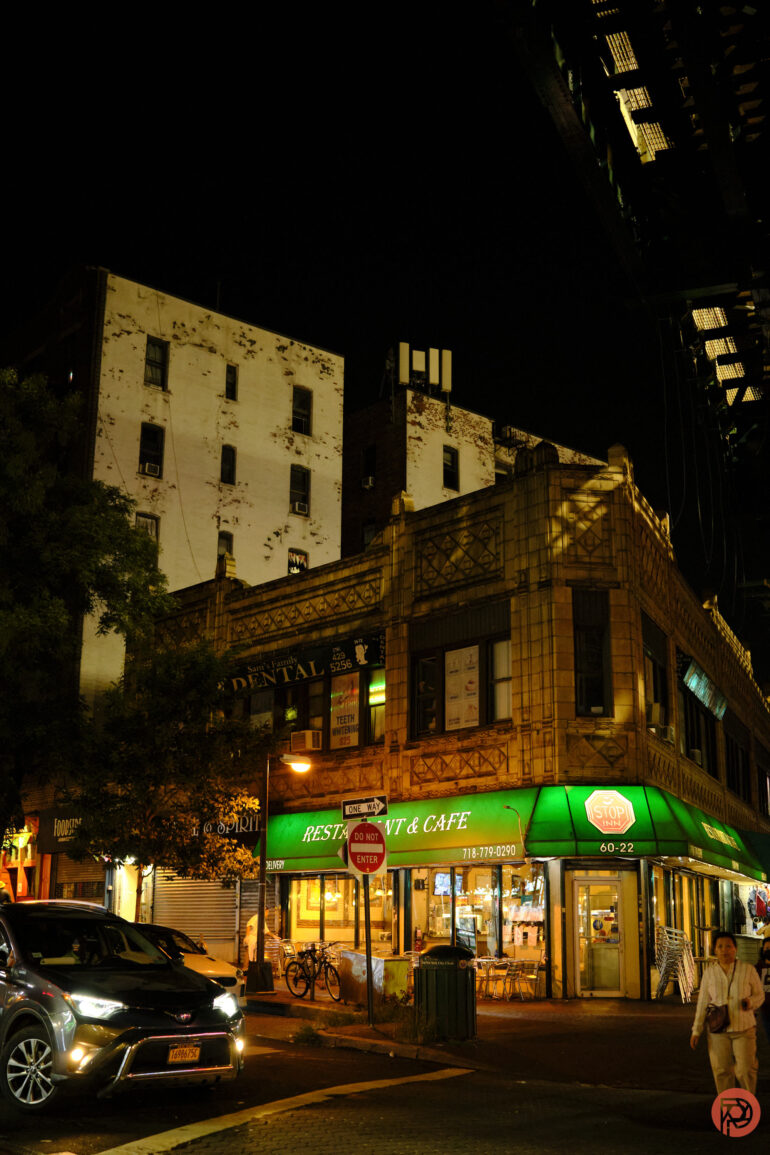

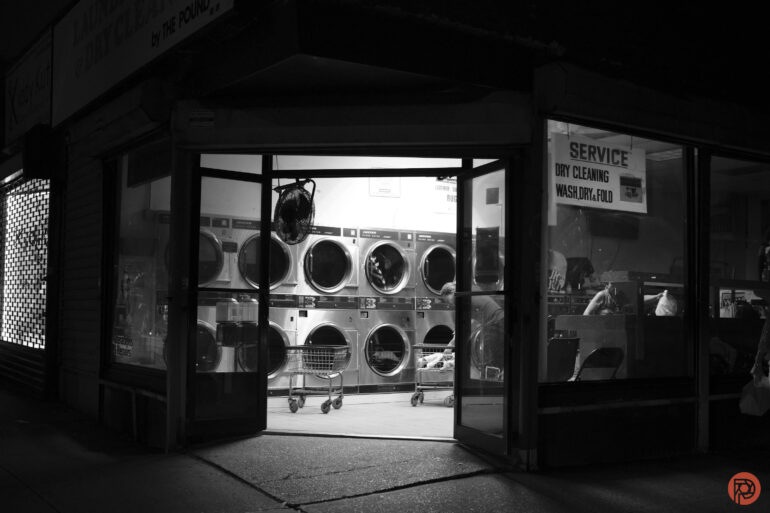
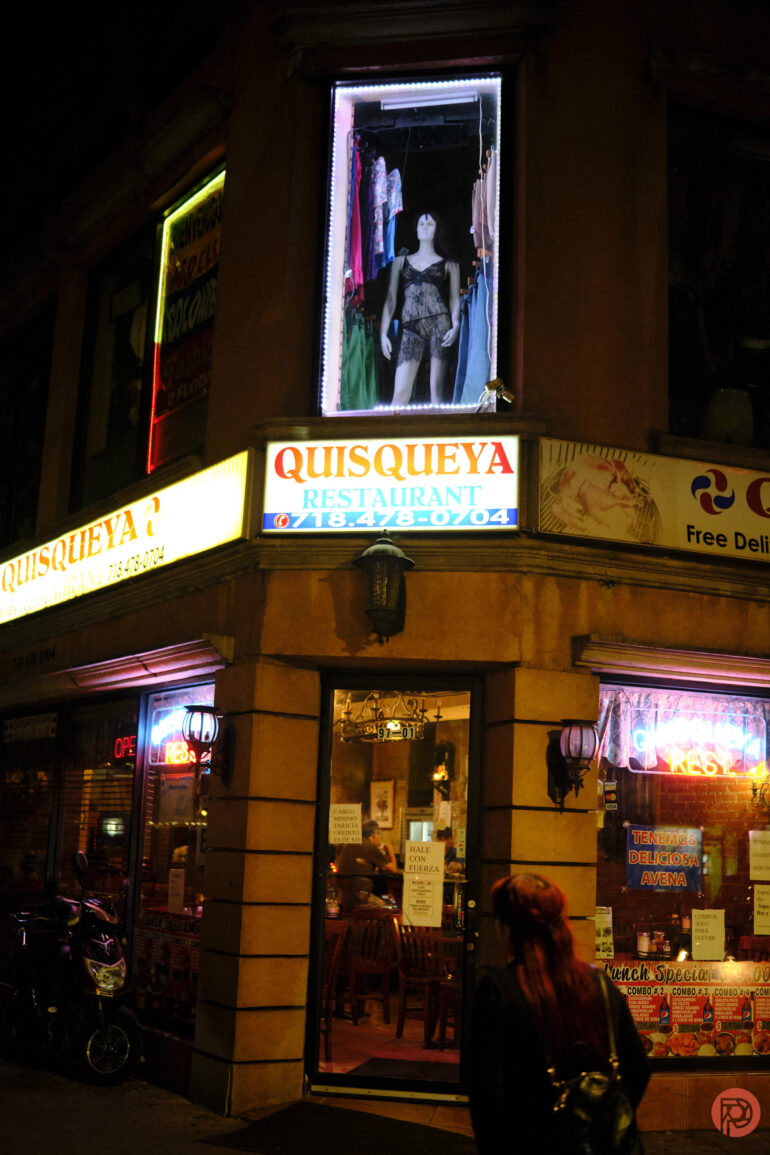


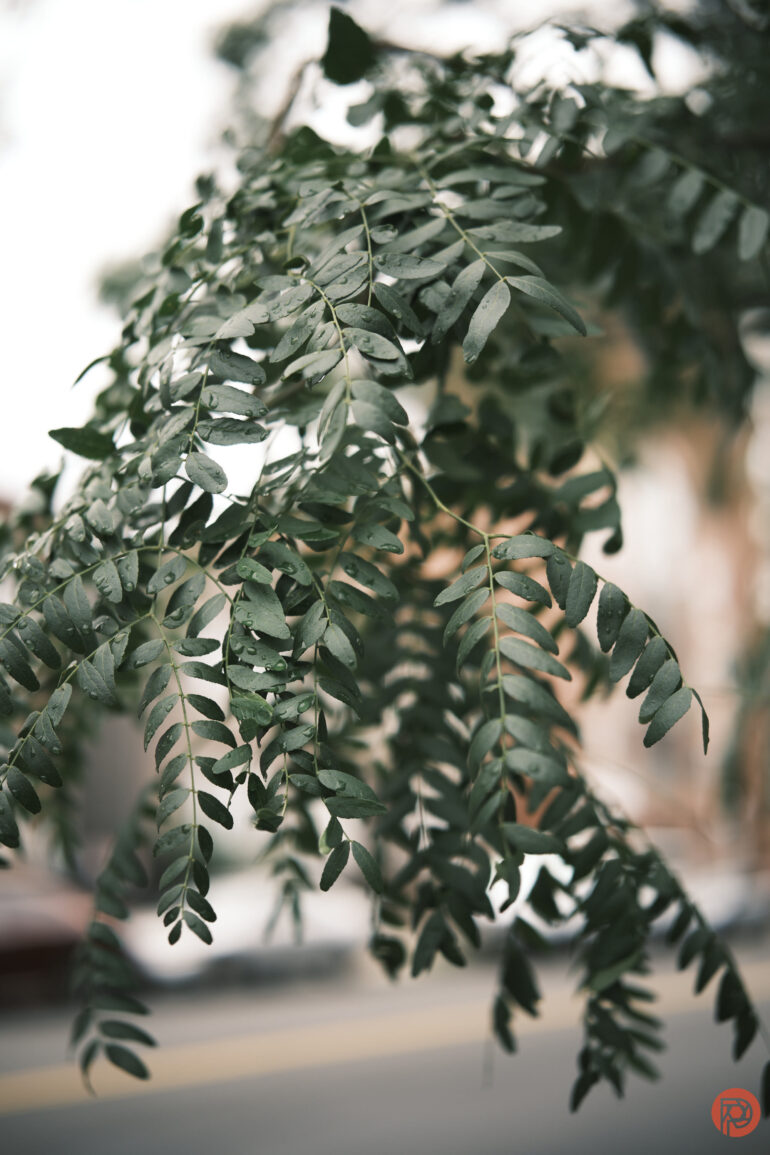
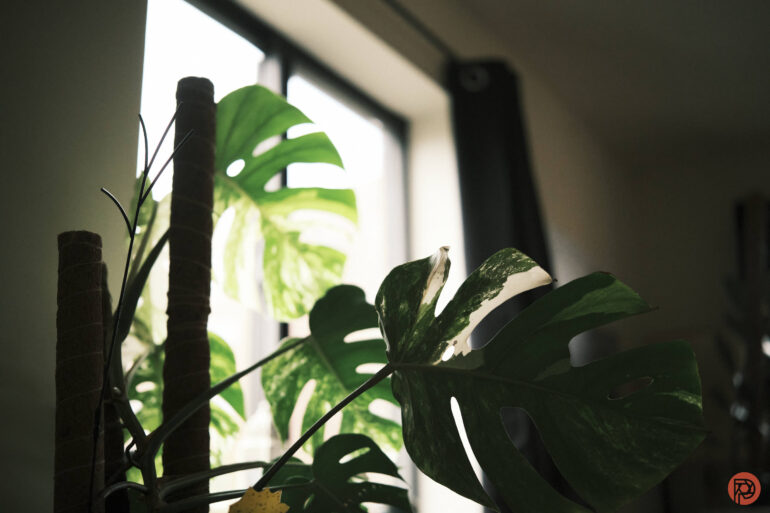


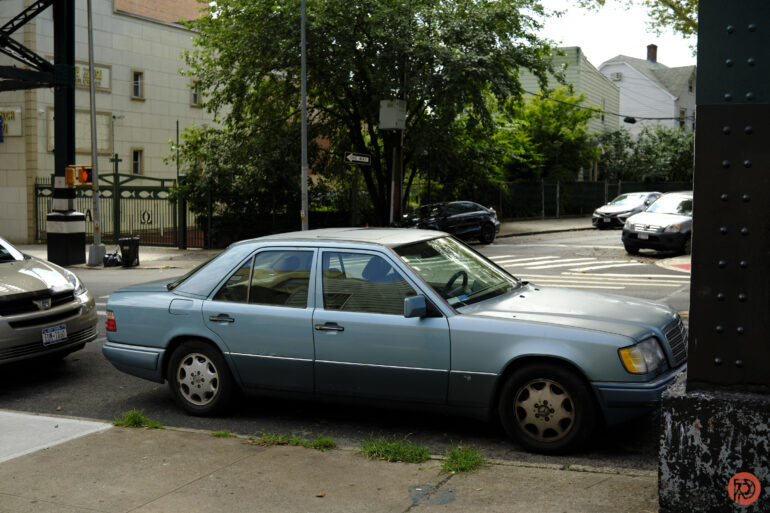


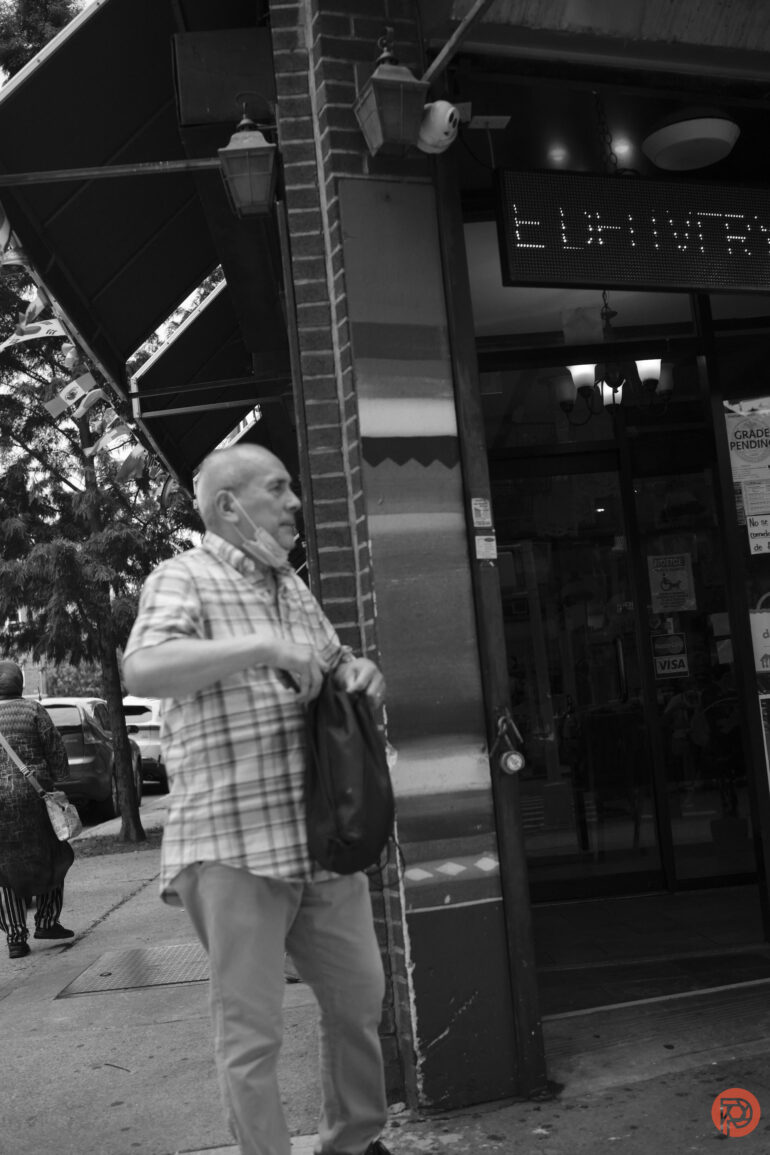
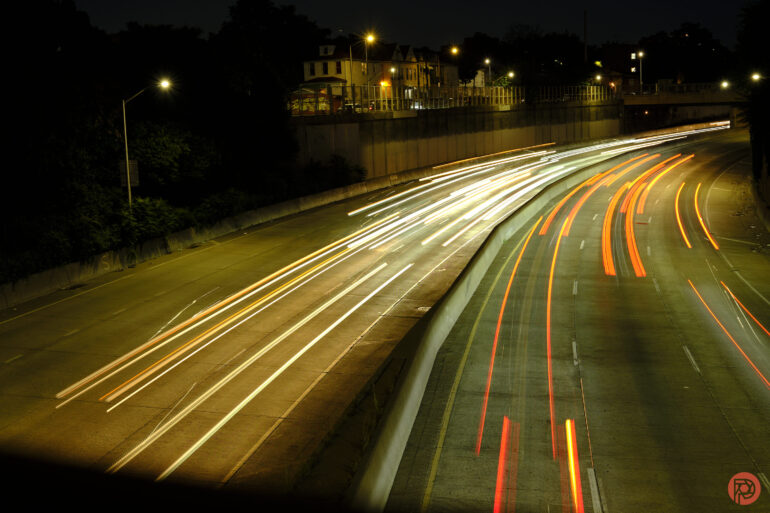
Edited
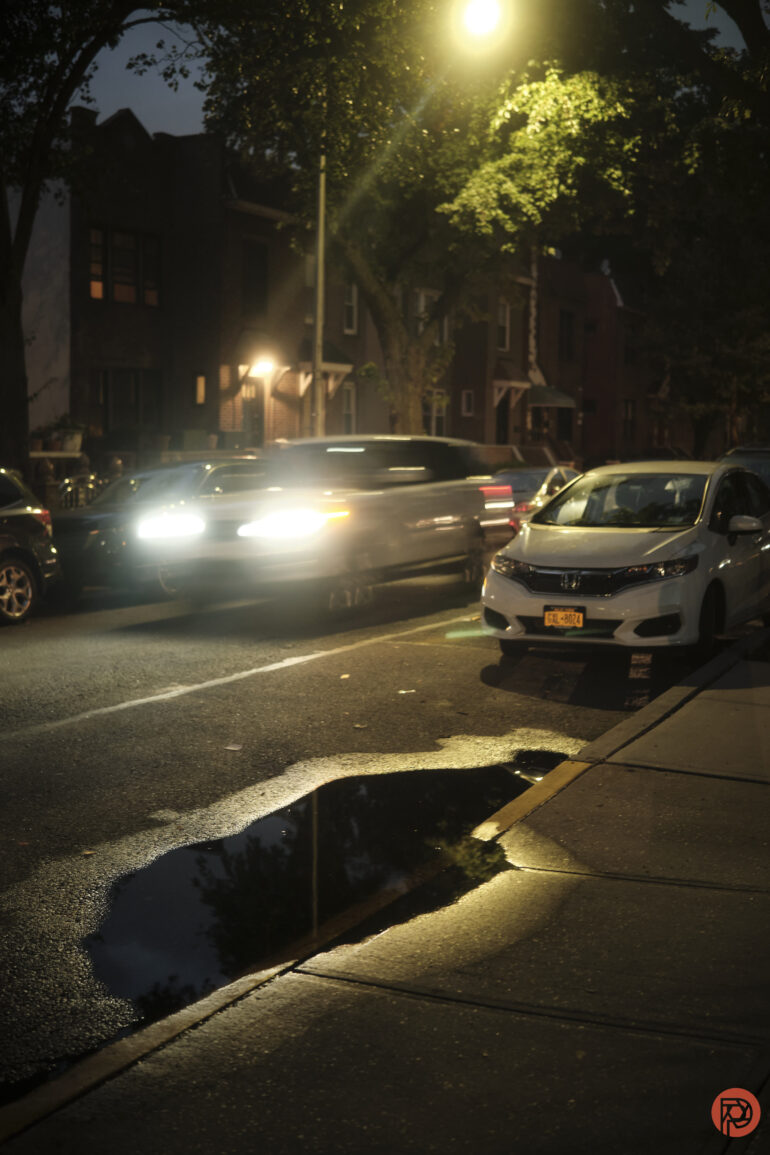
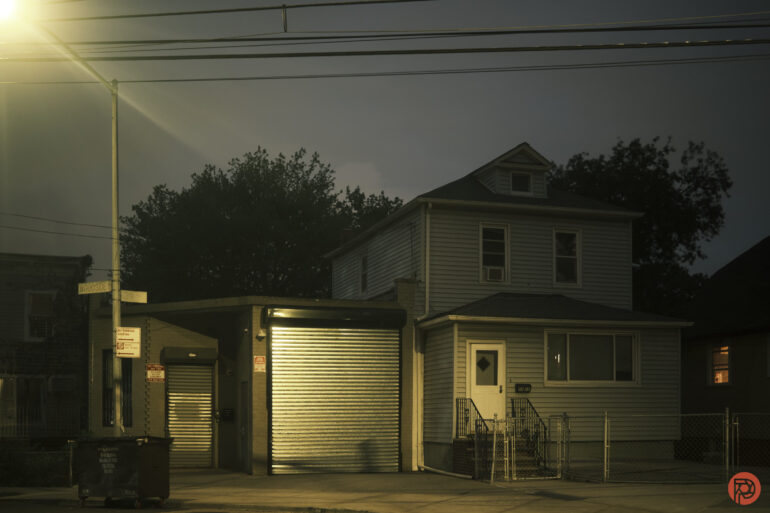
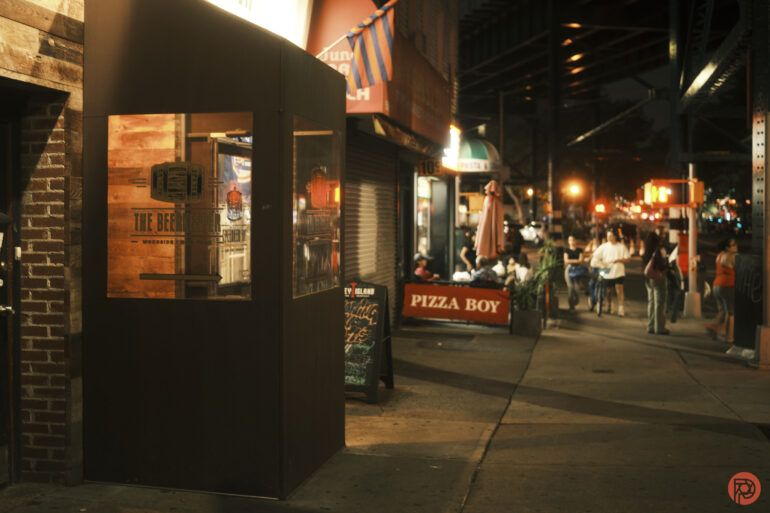
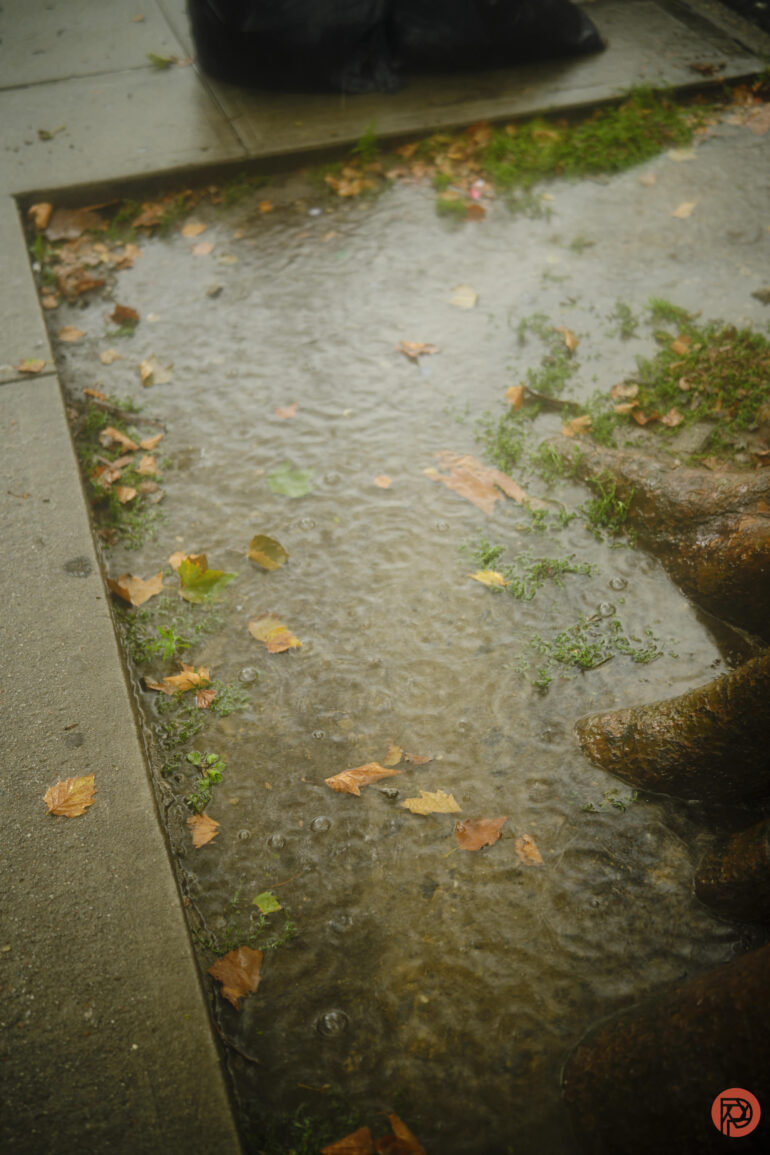
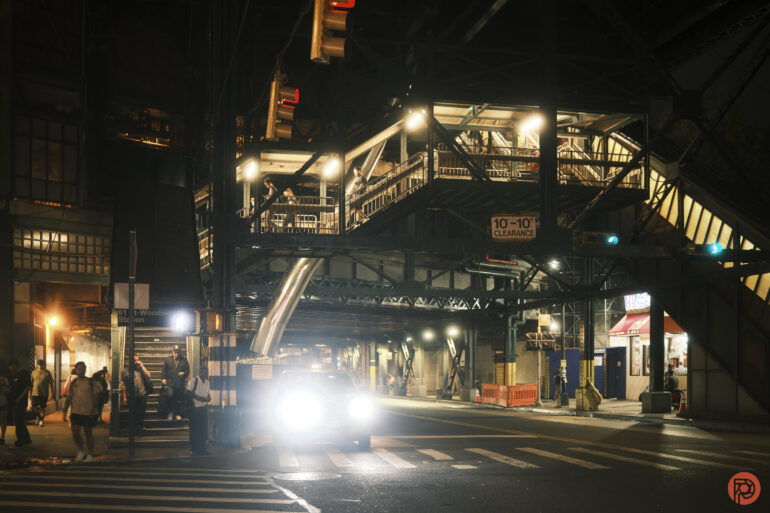


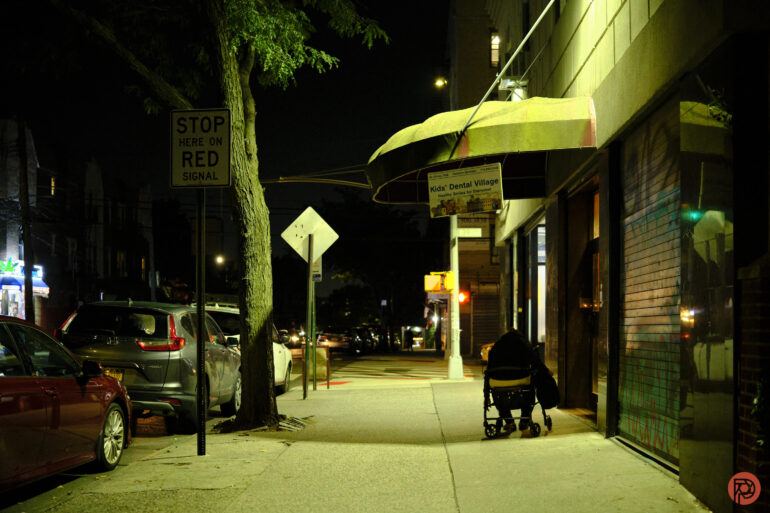
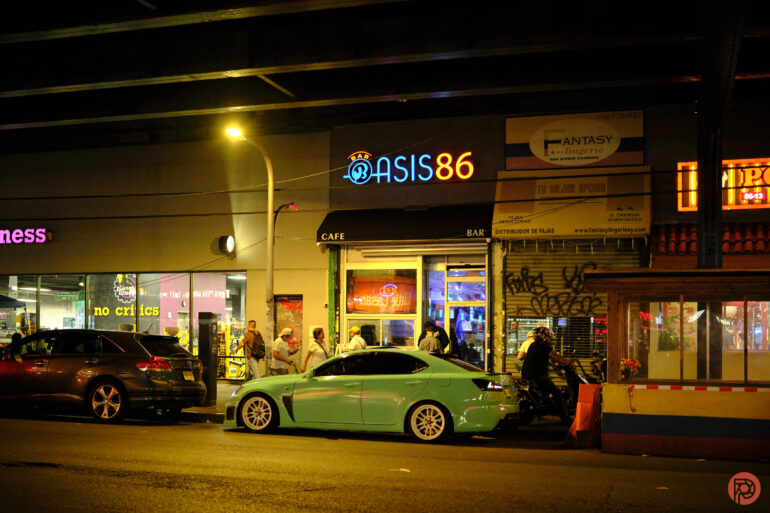



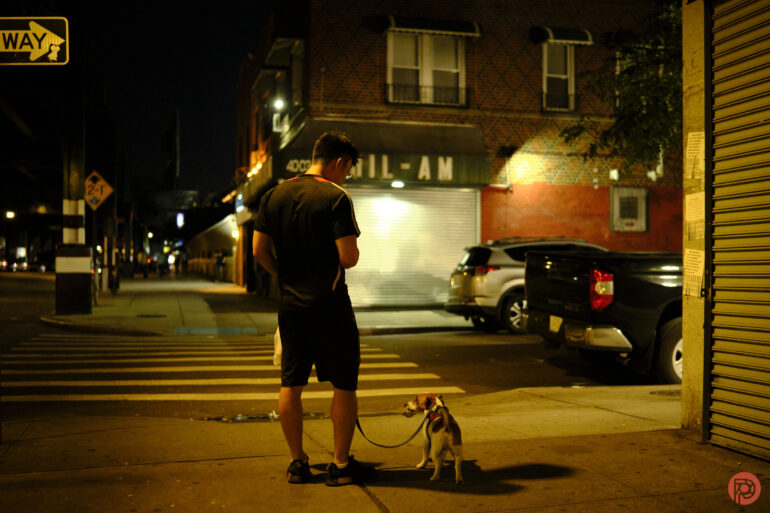
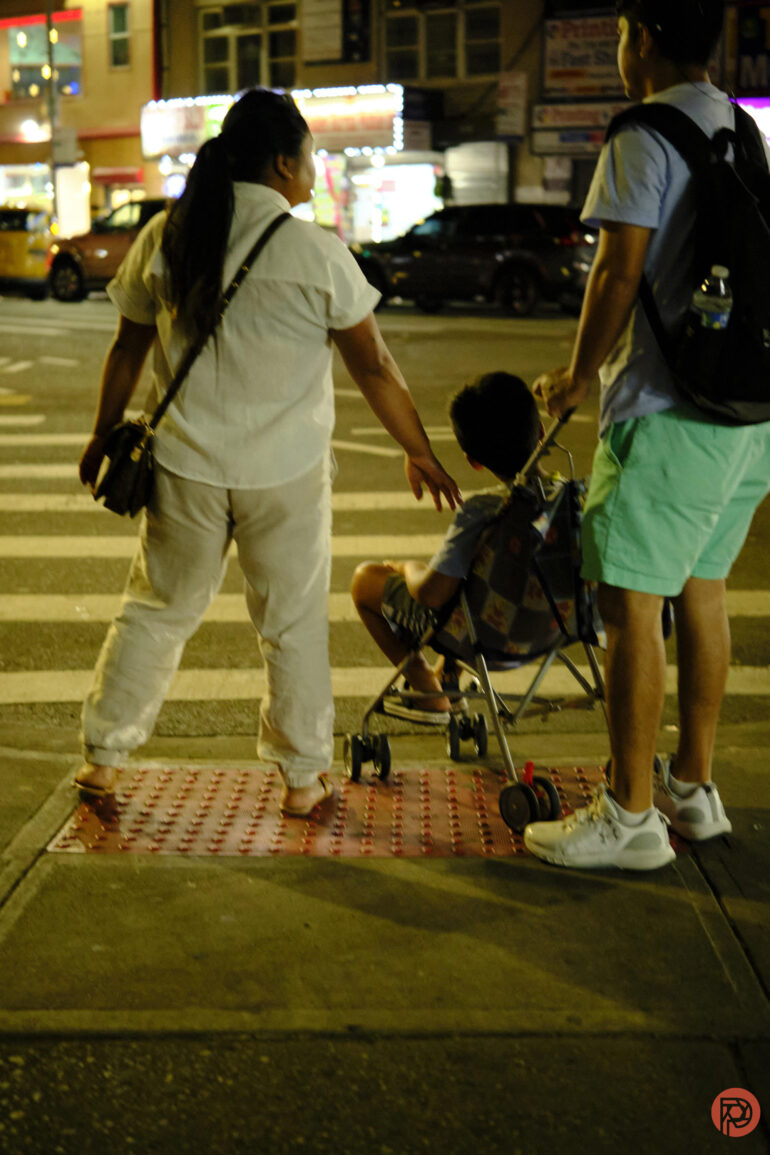



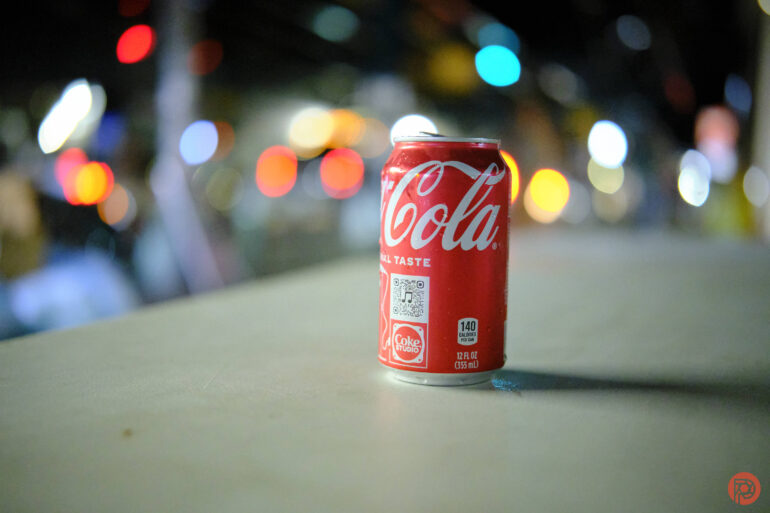


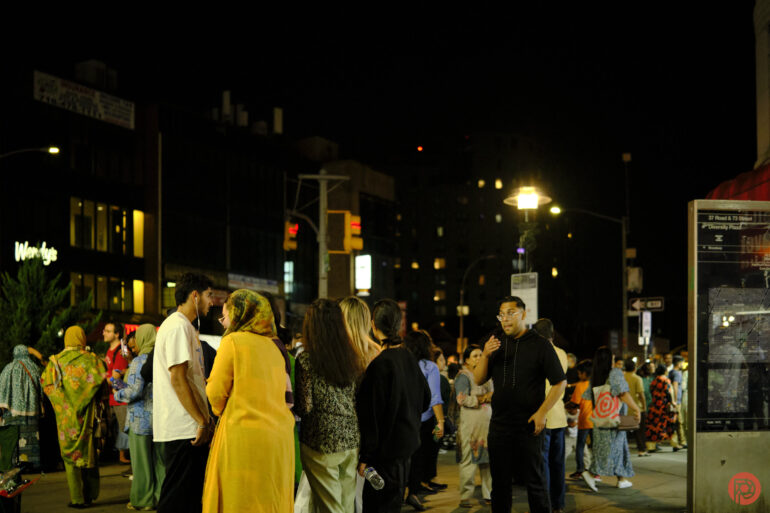




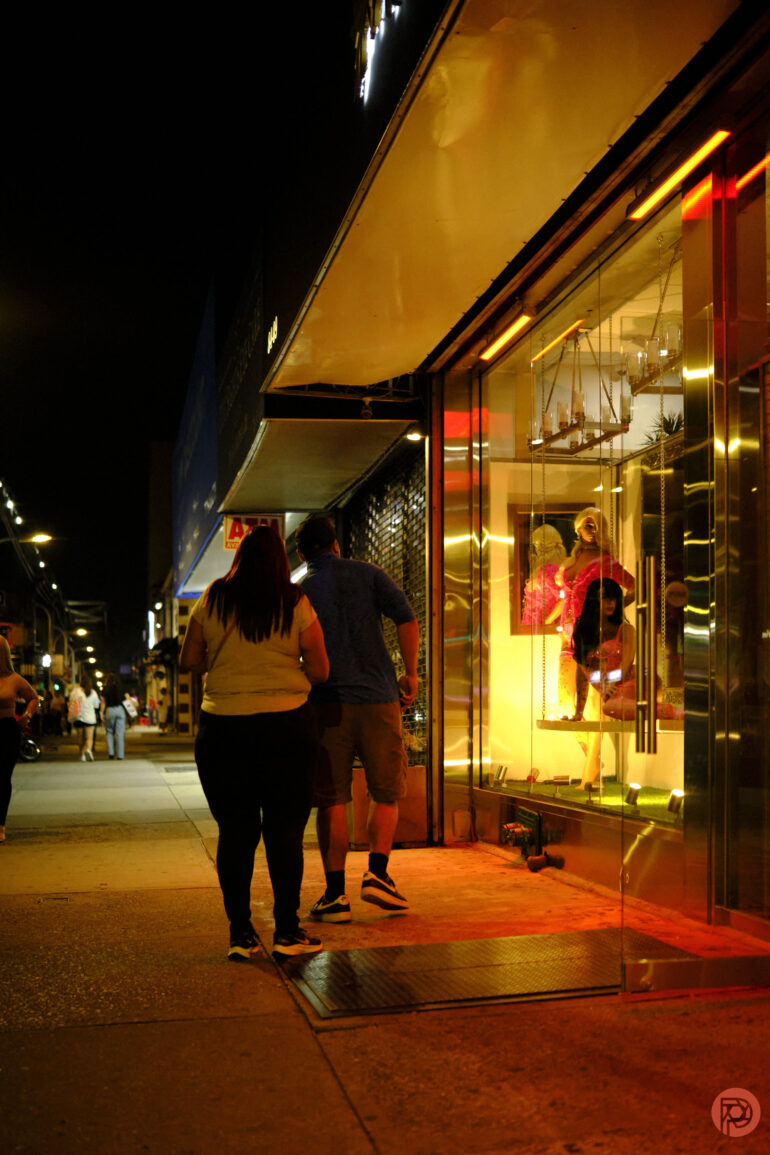
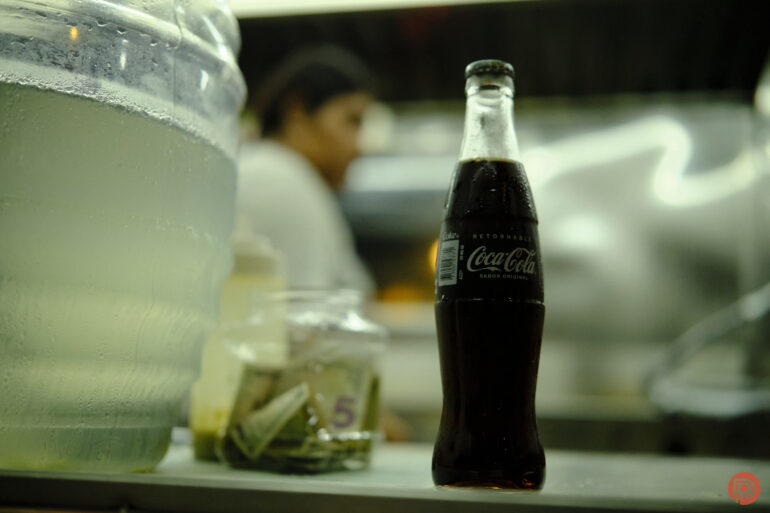
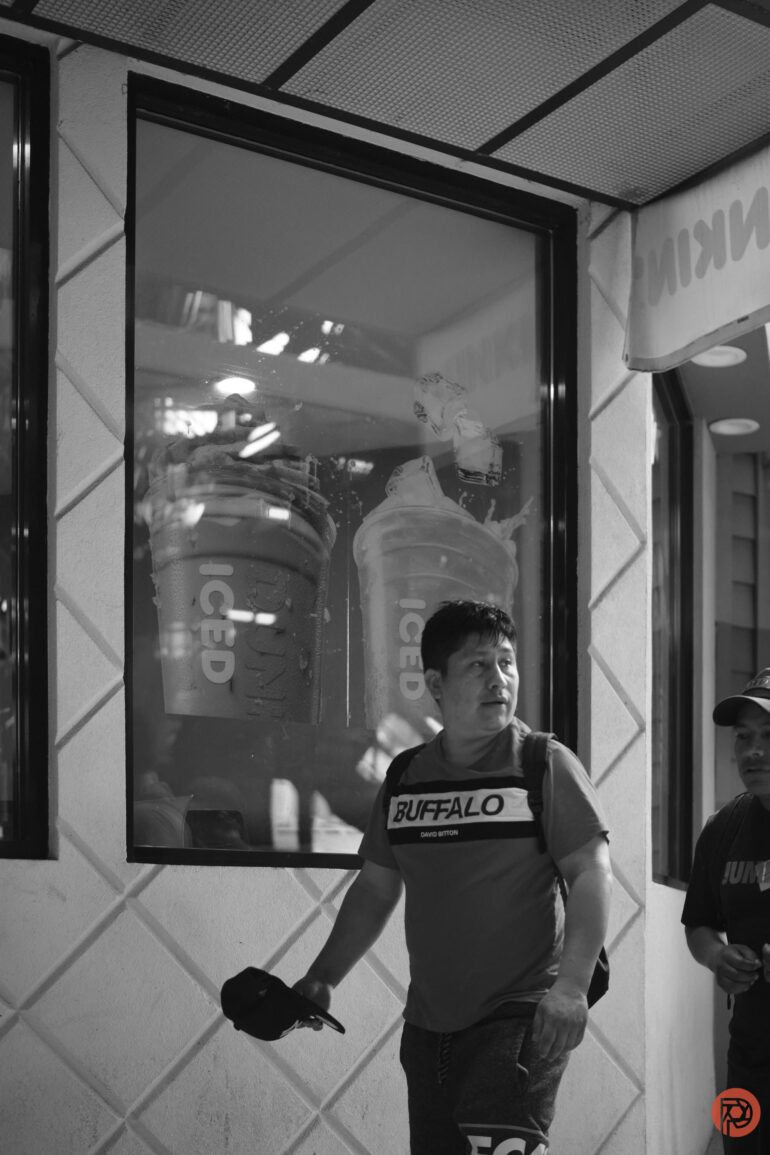

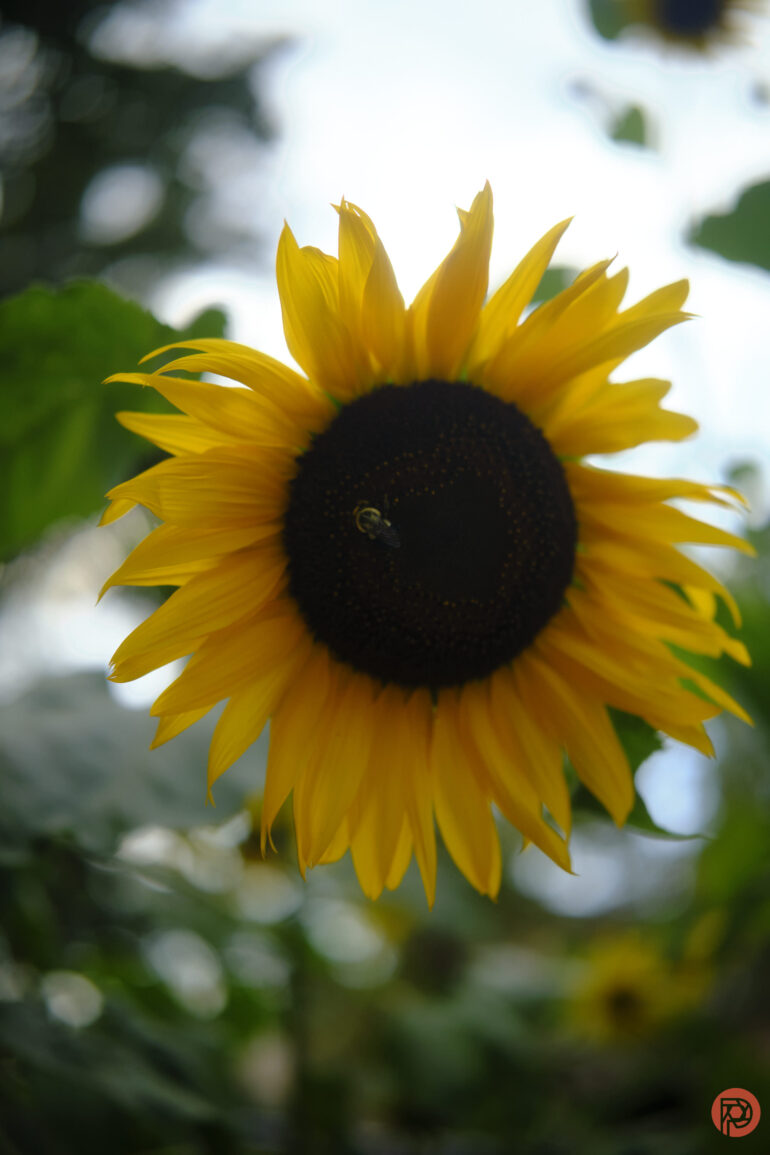




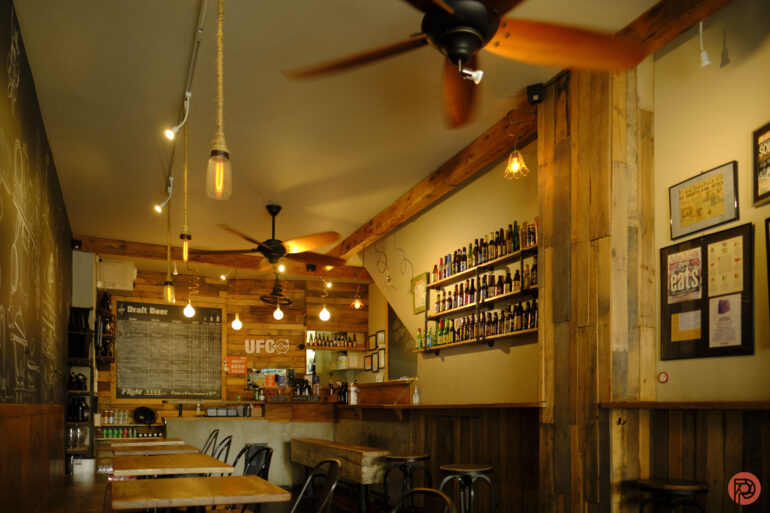



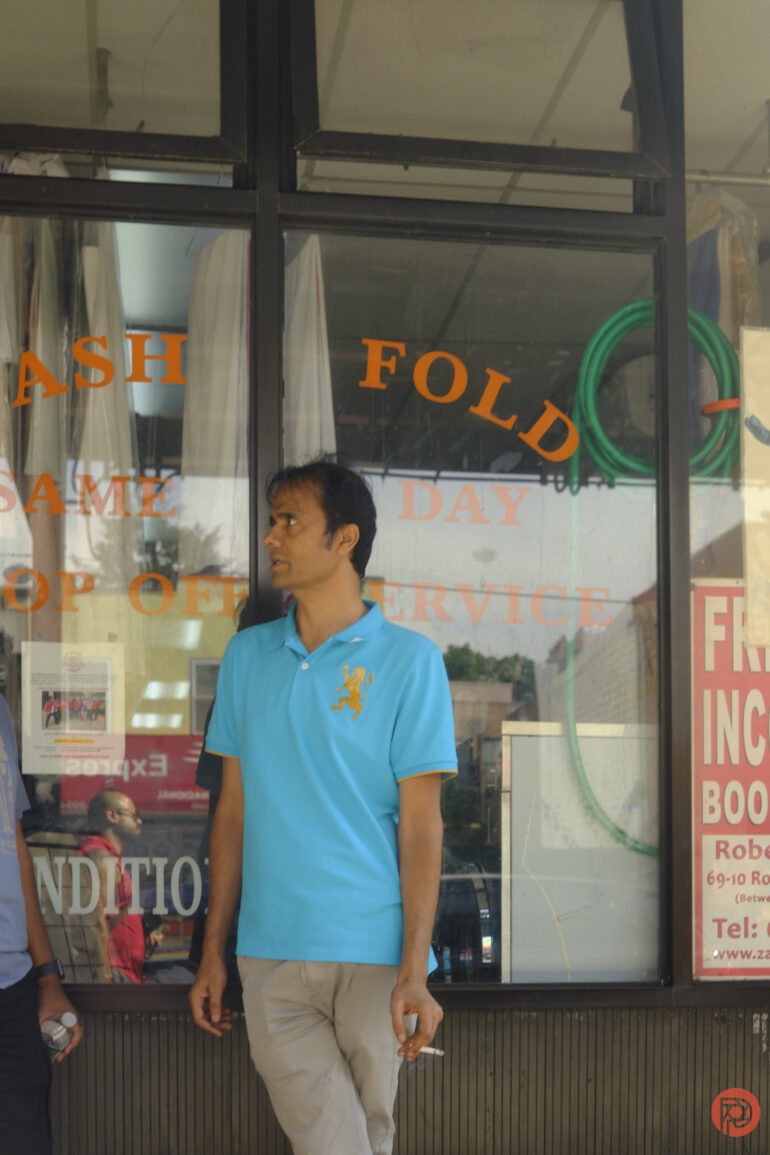



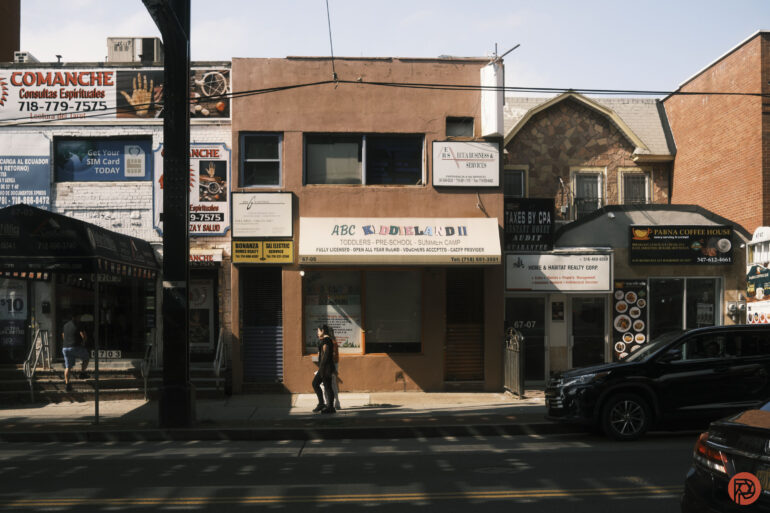




e
Who Should Buy It?
Photographers doing professional work that don’t want to use Fujifilm’s zoom lenses should get the Viltrox 27mm f1.2. Have this and another camera with a longer or wider lens and you’ll be all set.
Want one? Check them out on Amazon.
Tech Specs
These specs are taken from the press release.
